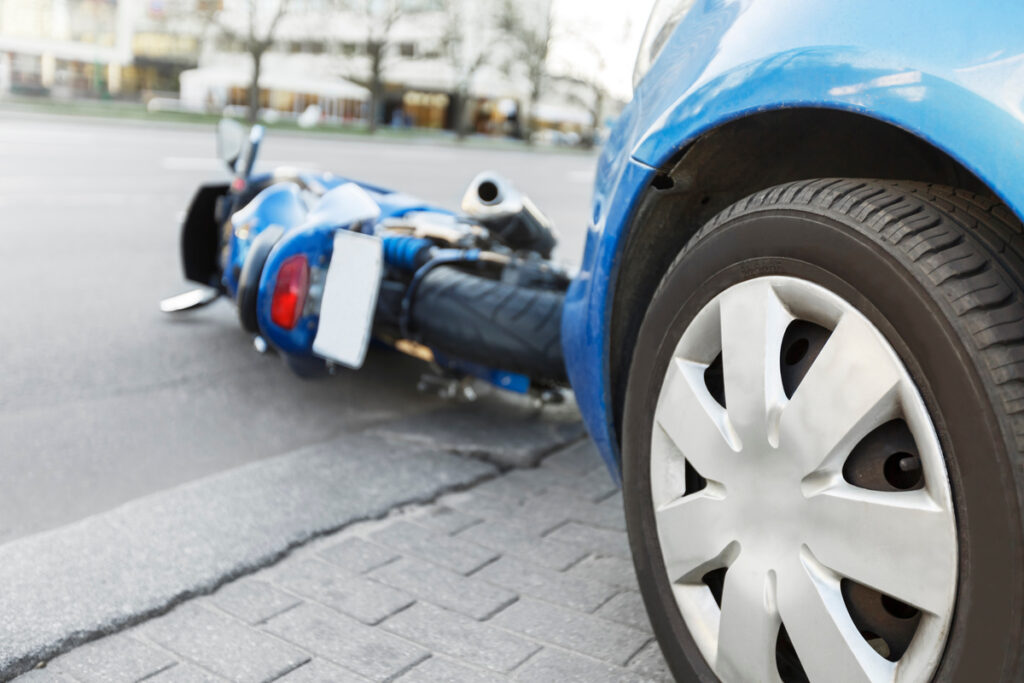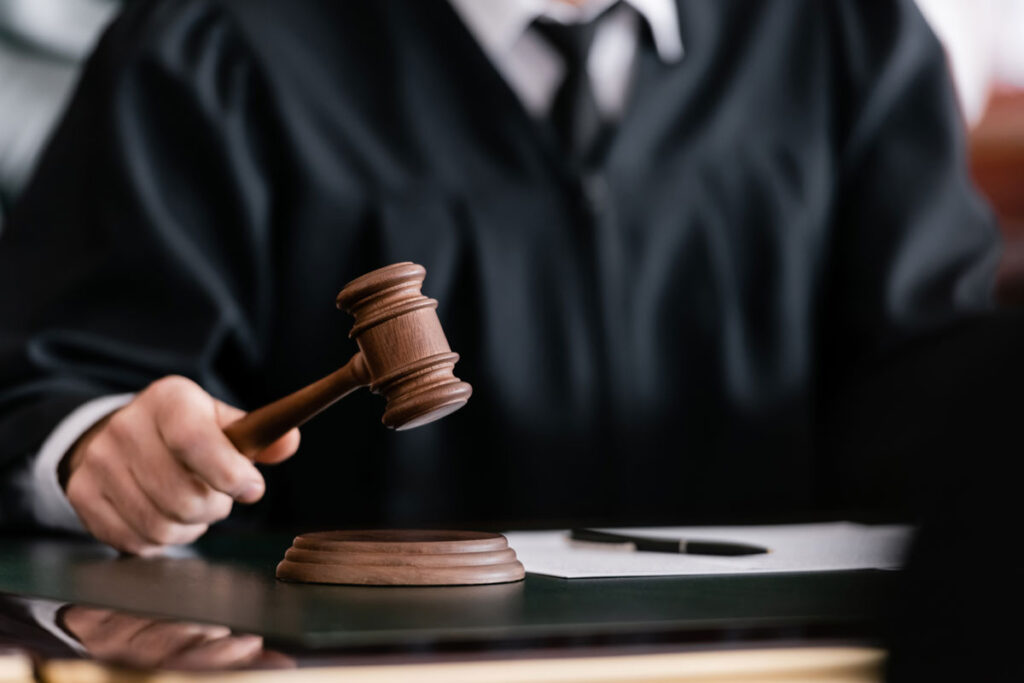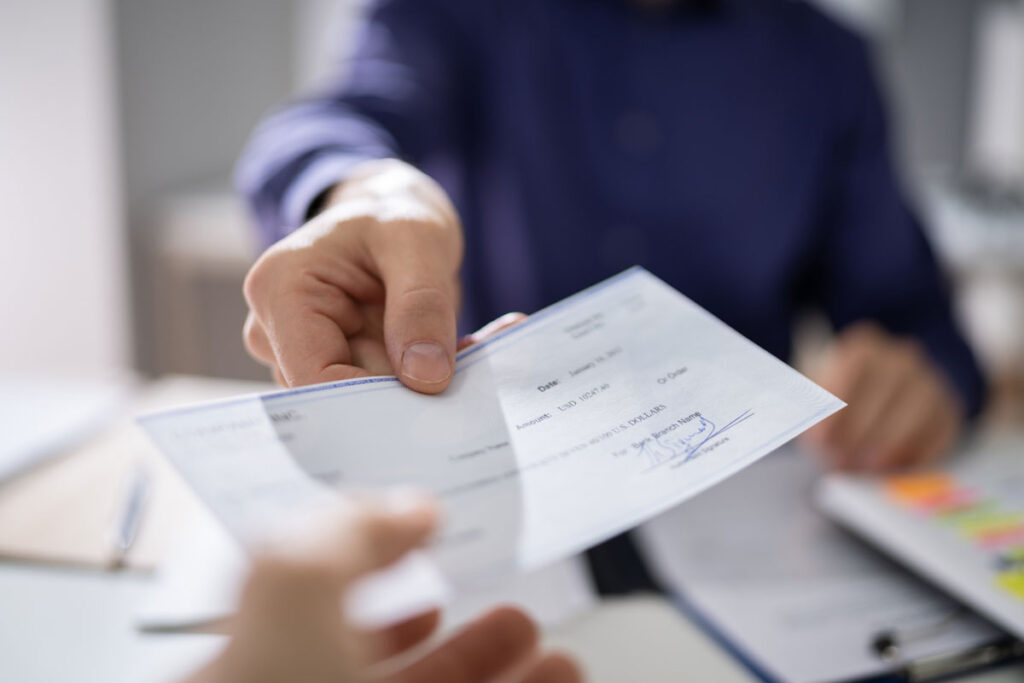Proving Driver Negligence in North Texas Motorcycle Accidents

For car drivers, a collision often means insurance paperwork and repair bills. For motorcyclists, it can mean life-altering injuries, permanent disability, or worse. This stark difference is why proving driver negligence becomes so crucial after a motorcycle accident in North Texas. While you focus on healing, insurance companies focus on minimizing payouts—often by attempting to […]
How Highway Design Flaws in North Texas May Contribute to Motorcycle Accidents

The highways crisscrossing North Texas present unique hazards for motorcyclists due to design flaws that car drivers may hardly notice. Issues such as improper banking on curves, inadequate drainage systems, and uneven pavement transitions create dangerous conditions that can cause a motorcyclist to lose control in an instant. These preventable design problems lead to crashes […]
What To Know About Apartment Complex Swimming Pool Accidents

Summer in Texas brings scorching temperatures that drive many residents to seek relief in apartment complex swimming pools. While these amenities provide a welcome escape from the heat, they also pose significant safety risks when property owners fail to maintain proper safety standards. Swimming pool accidents at apartment complexes can result in devastating injuries, including […]
What You Need to Know About Construction Accident Claims

Construction sites are dynamic and inherently dangerous environments where heavy machinery, power tools, hazardous materials, and working at heights create significant safety risks. Despite extensive safety regulations and protocols, construction accidents remain alarmingly common, often resulting in devastating injuries that can forever alter a worker’s life, career prospects, and financial stability. When these accidents occur, […]
What Makes a Claim Go to Trial?

When you’ve been injured and filed a personal injury claim, most cases settle without ever seeing the inside of a courtroom. In fact, statistics show that roughly 95% of personal injury claims are resolved through negotiated settlements. However, some cases do proceed to trial, entering a phase that can be more time-consuming, expensive, and unpredictable. […]
Steps to Take If You Encounter a Settlement Delay

It may come as a surprise to you, but the other driver’s insurance company does NOT owe you any legal obligation to pay you for your damages. NONE. That is why you should treat and consider the other driver’s insurance company as the enemy from day one of your claim. Insurance companies often employ delay […]
Overview of Liability in a Construction Accident

Construction sites are inherently dangerous environments with multiple hazards at every turn. Heavy machinery, high scaffolding, and various trades working together may lead to serious accidents if something goes wrong. When these accidents occur, determining who is liable may be complex, as multiple parties may be involved. Liability in construction accidents typically depends on the […]
Factors and Challenges That May Affect Your Motorcycle Accident Claim

Motorcycle accidents may be devastating, often leaving victims with severe injuries and complex legal challenges. If you’ve been involved in a motorcycle accident, obtaining fair compensation for your injuries isn’t always straightforward. Various factors may affect the outcome of your claim, from proving fault to understanding how the insurance company might respond. Knowing these factors […]
Evidence Used to Prove Liability in Commercial Truck Accident Claims

In 2022, there were over 38,62 commercial truck accidents in Texas alone, according to the Texas Department of Transportation. These types of accidents may be devastating, resulting in serious injuries and even fatalities. If you have been involved in a commercial truck accident, it is crucial to understand the evidence used to prove liability in […]
What Delayed Symptoms After a Motorcycle Accident Could Mean

Delayed symptoms after a motorcycle accident often mean that you’ve suffered injuries more severe than you initially anticipated. It’s in your best interest to connect with medical professionals as soon as possible to prevent your injuries from getting worse. You can also work with a loved one or an attorney to document the severity of […]
